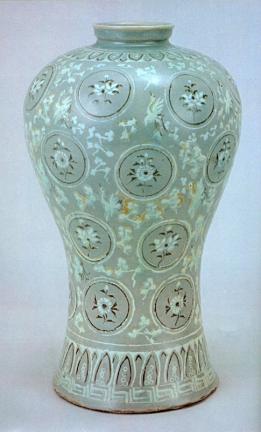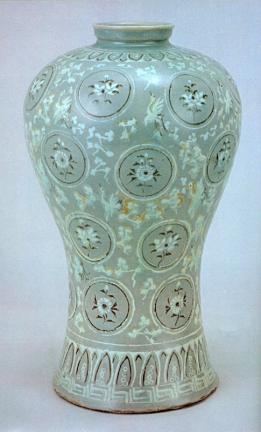국가유산 종목별 검색
보물
청자 상감운학모란국화문 매병 (靑磁 象嵌雲鶴牡丹菊花文 梅甁)Celadon Prunus Vase with Inlaid Cloud, Crane, Peony, and Chrysanthemum Design
| 분 류 | 유물 / 생활공예 / 토도자공예 / 청자 |
|---|---|
| 수량/면적 | 1개 |
| 지정(등록)일 | 1971.12.21 |
| 소 재 지 | 서울 용산구 이태원로55길 60-16, 삼성미술관 리움 (한남동) |
| 시 대 | 고려시대(12세기 중엽) |
| 소유자(소유단체) | 삼성문화재단 |
| 관리자(관리단체) | 삼성문화재단 |

















